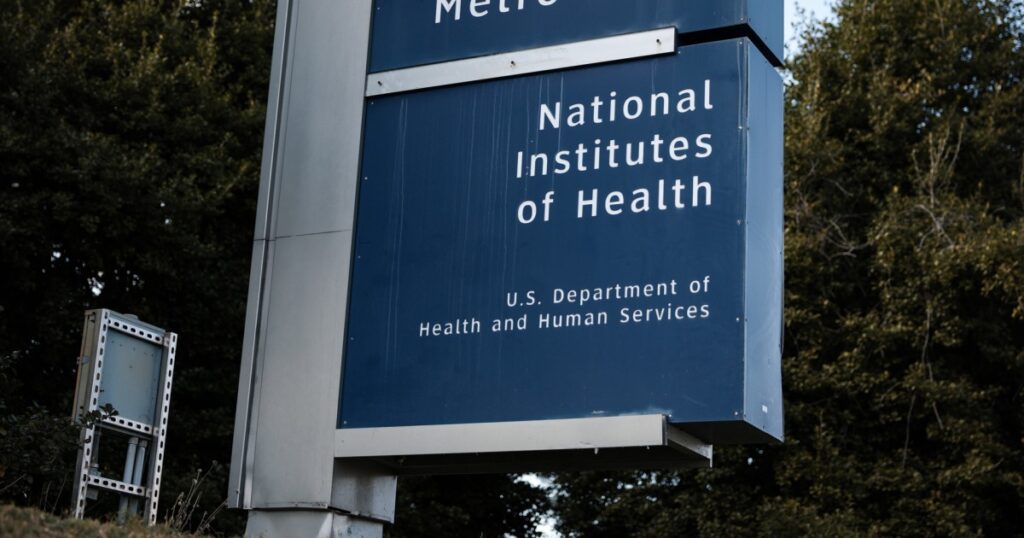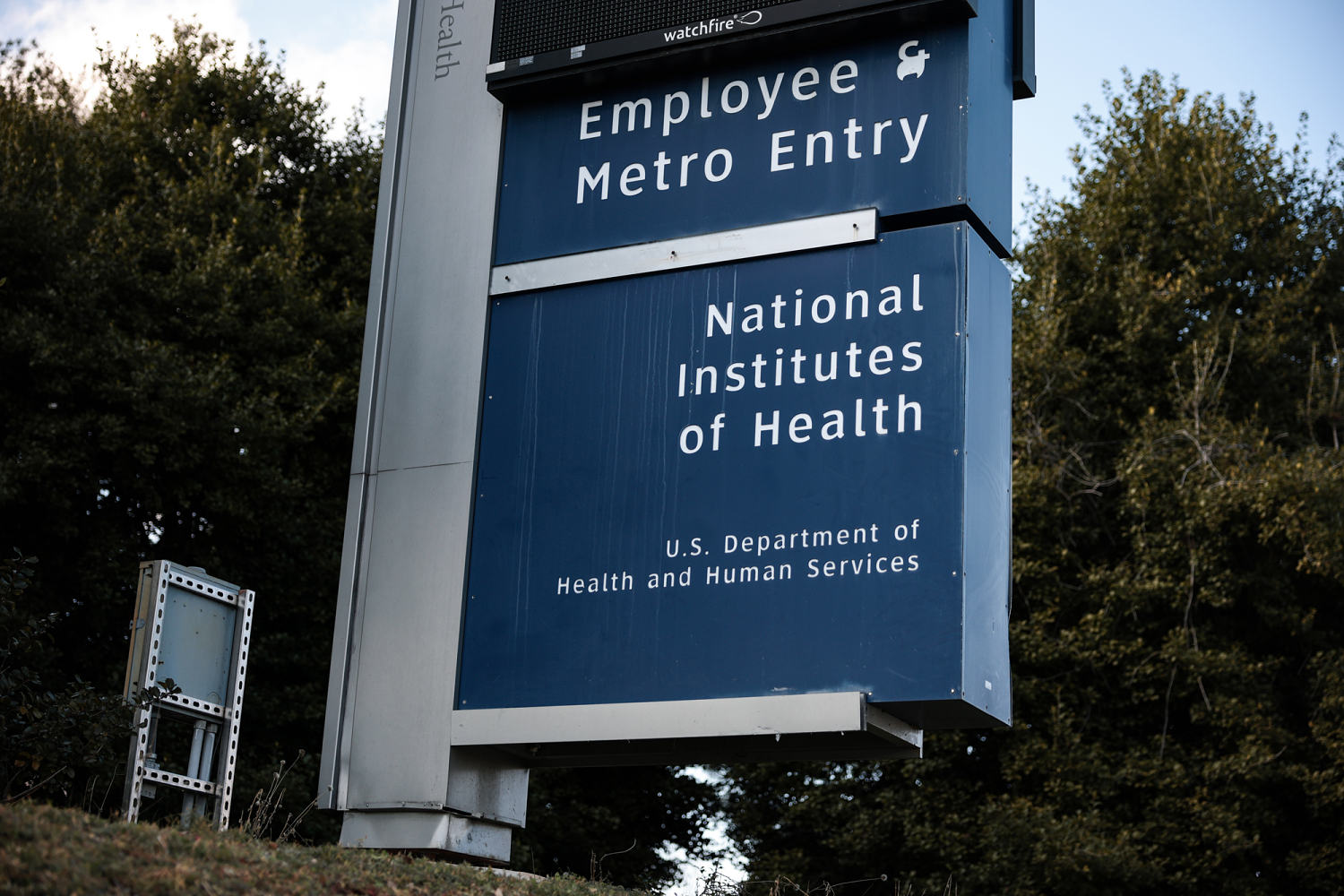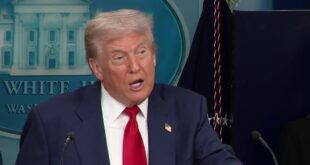

The Trump administration terminated $1.81 billion in National Institutes of Health grants in less than 40 days, including $544 million in as-yet-unspent funds.
That’s according to an analysis published Thursday in JAMA, which relies on data from the Department of Health and Human Services’ Tracking Accountability in Government Grants System.
The analysis offers the most comprehensive look to date at how much NIH funding has been slashed since the Trump administration kickstarted a massive effort to reduce what it sees as waste and inefficiency in federal spending.
Some grants were temporarily reinstated due to court orders as new terminations were being issued, so the data is still in flux, said Michael Liu, an author of the study and a student at Harvard Medical School. Nevertheless, the HHS grant tracker is still the most accurate, real-time dataset available, he said.
From Feb. 28 to April 8, the administration terminated nearly 700 grants across 24 NIH institutes and centers focused on subjects such as aging, cancer, child health, diabetes, mental health and neurological disorders.
“These cuts were not spread evenly,” Liu said. “Namely, the National Institute on Minority Health and Health Disparities was hit the hardest. About 30% of all of its funding was cut. That’s 10 times more than the average.”
President Donald Trump’s new budget proposal would eliminate all funding for the National Institute on Minority Health and Health Disparities next year, and refers to the institute as “replete with DEI expenditures.” His executive order in January called for an end to programs focused on diversity, equity and inclusion.
The proposal also calls for an overall reduction in NIH funding, lowering next year’s budget to $27 billion — a roughly $18 billion cut that would eliminate gender-focused research and research on climate change. The administration plans to prioritize research on chronic disease and other epidemics.
Most of the terminated NIH grants so far had been allocated to research projects, but around 20% were early career grants for fellowships, training or career development. Larger grants were more likely to be terminated, according to the analysis, though it’s unclear from the data whether they were directly targeted.
“These larger grants are usually funding big clinical trials and big research centers,” Liu said. “Closing the lights or stopping patients from receiving medications or interventions is potentially incredibly disruptive.”
Liu said the analysis also suggests that terminated grants were uniformly disruptive to public and private institutions.
Among grant recipients, Columbia University received the most terminations — 157 in total, according to the analysis. The Trump administration has targeted Columbia with funding cuts, citing “the school’s continued inaction in the face of persistent harassment of Jewish students” following large pro-Palestinian protests on campus. Columbia laid off 180 staff members this week who had been working on federal grants affected by the cuts.
“Columbia’s leadership continues discussions with the federal government in support of resuming activity on these research awards,” top university officials wrote in a letter to the Columbia community. “We are working on and planning for every eventuality, but the strain in the meantime, financially and on our research mission, is intense.”
 Latest World Breaking News Online News Portal
Latest World Breaking News Online News Portal






